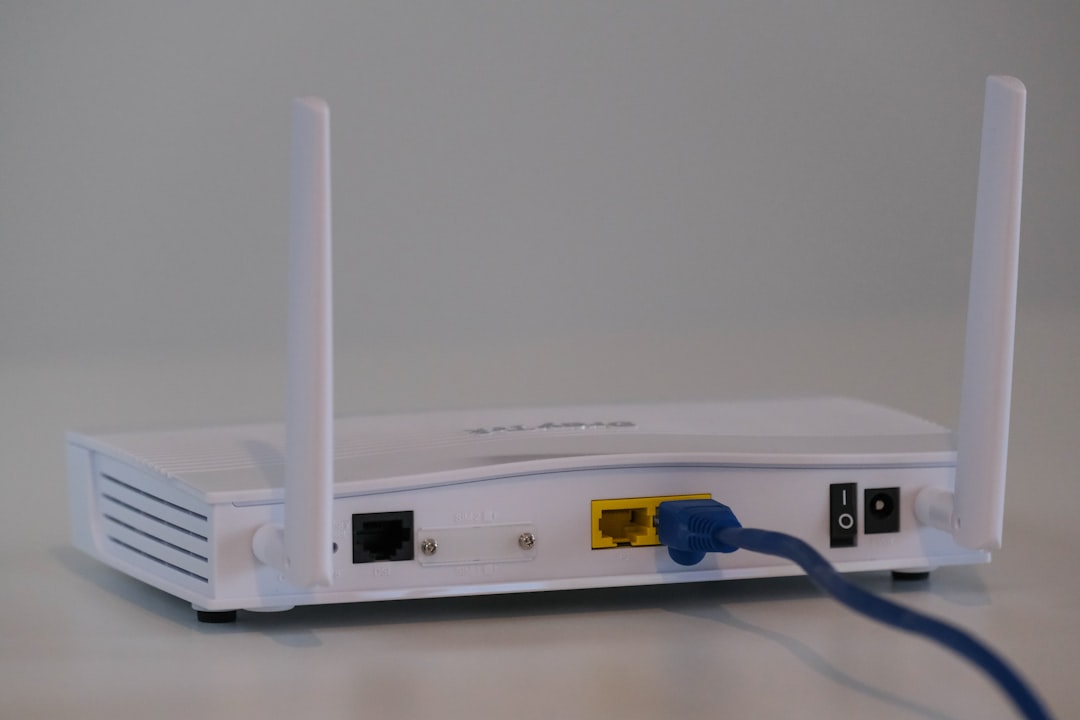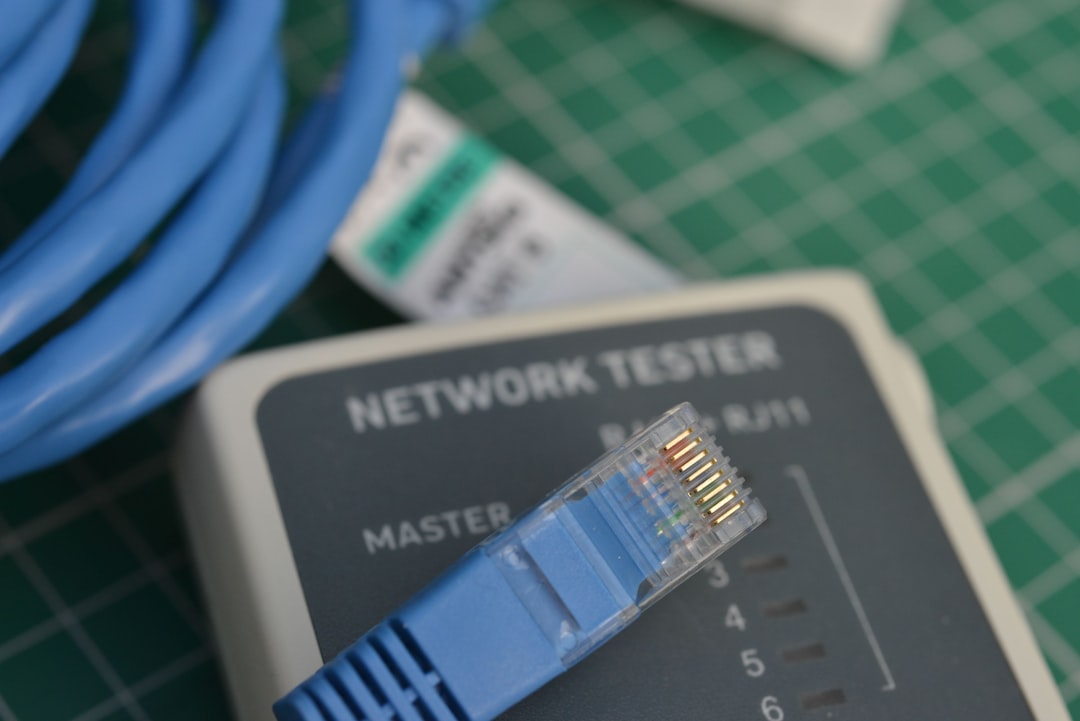GlobalProtect VPN by Palo Alto Networks is a widely used solution that allows secure remote access to an organization’s network infrastructure. Though generally reliable, users occasionally encounter issues that impact connectivity and performance. Understanding common problems and applying strategic troubleshooting methods can ensure a seamless VPN experience.
Several factors can cause GlobalProtect VPN issues, including software conflicts, misconfigurations, outdated versions, and network restrictions. Whether users are working remotely or on-campus, being informed about these problems and their solutions can dramatically reduce downtime.
Common GlobalProtect VPN Issues and Troubleshooting Solutions
1. GlobalProtect Not Connecting
If the VPN fails to connect, the first areas to examine include:
- Internet connectivity – ensure the user has an active and stable internet connection.
- Outdated GlobalProtect client – check and update the VPN client to the latest version.
- IP address conflicts – reset the tunnel interface by disconnecting and restarting the client.
Another useful step is to flush the DNS cache on the system using the command prompt. Users can type ipconfig /flushdns and restart the VPN client afterwards. In environments where strict network permissions are required, ensure that relevant ports (like TCP 443 and UDP 500/4500) are open.

2. Authentication Failures
Authentication failures are common when user credentials are incorrect or the authentication server is experiencing downtime. To resolve:
- Verify username and password are correctly entered.
- Check multi-factor authentication (MFA) settings, which might cause login failures.
- Verify server credentials and certificate expiration dates.
Administrators may need to consult backend logs on the Palo Alto firewall to identify the root cause of persistent login failures.
3. GlobalProtect Stuck on “Connecting”
This is usually indicative of software conflicts or corrupted configurations. Suggested steps include:
- Restarting the GlobalProtect service from the Windows Services manager.
- Running the VPN client with administrative privileges.
- Checking the endpoint’s firewall or antivirus configurations that might be blocking the connection.
If the issue remains unresolved, uninstalling and reinstalling the GlobalProtect client often resolves the problem.
4. Slow VPN Speeds
Performance issues over GlobalProtect VPN can significantly hinder productivity. To diagnose slow speeds:
- Verify the user’s internet speed using tools like Speedtest.
- Check for background tasks consuming high bandwidth such as system updates or cloud sync applications.
- Switch VPN gateways if your organization employs multiple gateway servers.

5. DNS Resolution Issues
Users may connect to VPN but find themselves unable to access internal resources. This is commonly linked to DNS problems. Solutions include:
- Manually setting DNS servers on the client machine that point to internal resolvers.
- Ensuring split tunneling configurations are appropriately set to route internal traffic.
- Checking host file conflicts or stale DNS cache.
Best Practices to Prevent Future Issues
While reactive troubleshooting is critical, proactive maintenance goes a long way:
- Update the GlobalProtect client regularly to include the latest patches and features.
- Educate users on correct login procedures and security policies.
- Monitor network health and logs using integrated tools on Palo Alto NGFW.
By following these strategies, organizations can greatly reduce downtime and offer a seamless remote working experience for their employees.
Frequently Asked Questions (FAQ)
- Q: How do I know which version of GlobalProtect I’m using?
A: You can find the version number in the system tray by right-clicking the GlobalProtect icon and selecting “About.” - Q: Can I use GlobalProtect on multiple devices?
A: Yes, as long as your organization permits it and you have the correct installation files and credentials. - Q: What operating systems are compatible with GlobalProtect?
A: GlobalProtect supports Windows, macOS, Linux (CLI), iOS, and Android platforms. - Q: What should I do if the application won’t launch?
A: Try running the application as administrator, reinstall it, or check your system’s permissions and security settings. - Q: Is it safe to disable the firewall temporarily to test GlobalProtect?
A: It is not recommended to permanently disable the firewall. You may temporarily disable it for testing, but re-enable immediately to maintain security.
I’m Sophia, a front-end developer with a passion for JavaScript frameworks. I enjoy sharing tips and tricks for modern web development.
